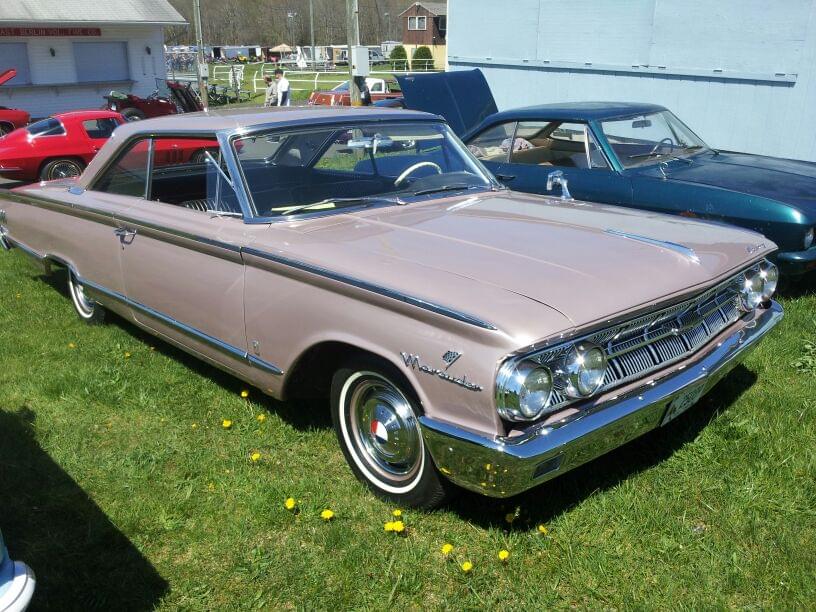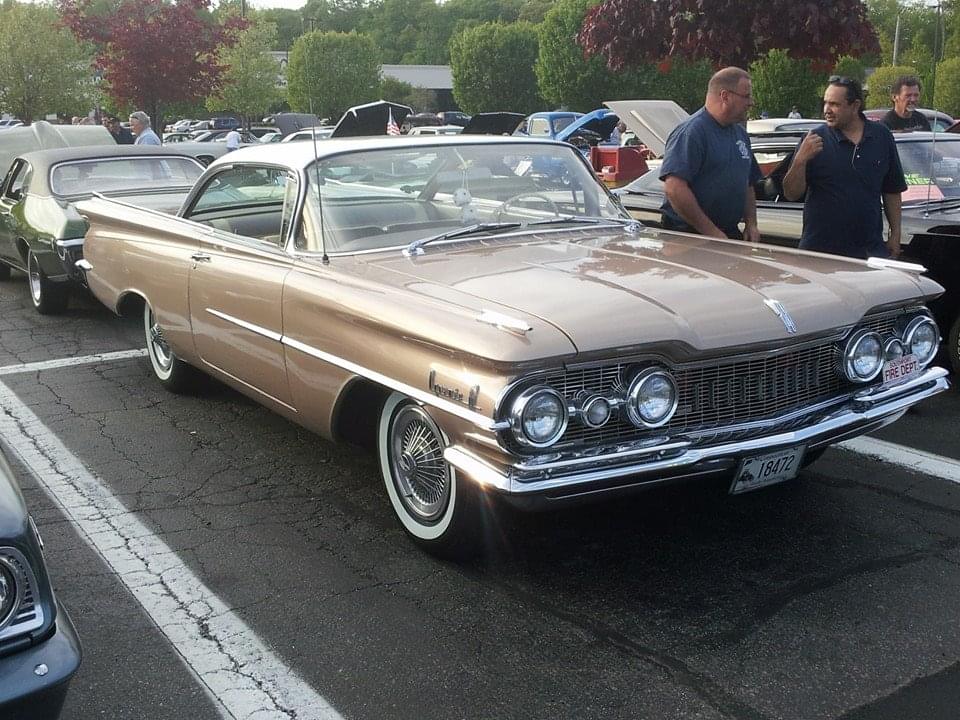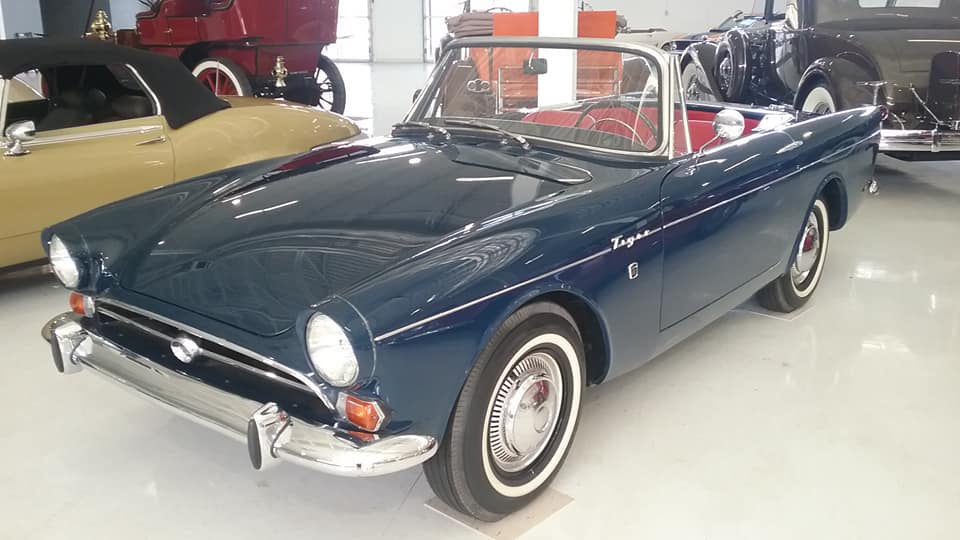Car: Sunbeam Tiger
Year: 1965
What makes it special: The Sunbeam Tiger was a high-performance V8 version of the British Rootes Group‘s Sunbeam Alpine roadster, designed in part by American car designer and racing driver Carroll Shelby and produced from 1964 until 1967. Shelby had carried out a similar V8 conversion on the AC Cobra, and hoped to be offered the contract to produce the Tiger at his facility in America. Rootes decided instead to contract the assembly work to Jensen at West Bromwich in England, and pay Shelby a royalty on every car produced.
What made it famous: Two major versions of the Tiger were built: the Mark I from 1964–1967 was fitted with the 260 cu in Ford V8, while the Mark II, of which only 633 were built in the final year of Tiger production, was fitted with the larger Ford 289 cu in engine. The Ford V8 as fitted to the Tiger I produced 164 bhp @ 4400 rpm, sufficient to give the car a 0–60 mph time of 8.6 seconds and a top speed of 120 mph. In 1964, its first year of production, all but 56 of the 1649 Mark I Tigers assembled were shipped to North America, where it was priced at $3499. In an effort to increase its marketability to American buyers the car was fitted with “Powered by Ford 260” badges on each front wing beneath the Tiger logo.
Why I would want one: If you are a fan of the AC Cobra, then it’s only fitting to be a fan of the Sunbeam Tiger, even though it wasn’t as light as the Cobra, it still had a good amount of power due to a small-block V8 in a two-seater sports car.
Fun fact: Two extensively modified versions of the Mark I competed in the 1964 24 Hours of Le Mans, but neither completed the race. Also, for two years it was the American Hot Rod Association’s national record holder over a quarter-mile drag strip. ( Car photographed at Dragone Classic Motorcars in Orange, CT. )
( Brought to you by Dragone Classic Motorcars in Orange )










